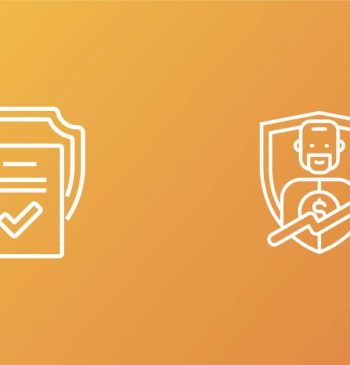10 Oct

Running a business means constantly managing cash flow. It’s not just about making sure you can pay the bills-it’s about ensuring long-term success and stability. Good cash flow management allows your business to grow, change, and deal with financial challenges. But how do you manage cash flow effectively?
The following tips will help your business remain profitable and successful.
Understanding Your Cash Flow Patterns
Every business has its own cash flow patterns. For example, some businesses may see a spike in sales during certain seasons, while others may face delayed payments from clients. Understanding your business’s unique cash flow cycle is crucial to making better financial decisions.
To do this, you need to track your cash flow regularly-monthly, weekly, or even daily. Use forecasting tools to see where your cash is coming from and where it’s going. Real-time tracking helps you adjust quickly if anything unexpected happens, like a drop in sales or delayed customer payments. By keeping a close eye on cash flow trends, you’ll be in a better position to plan ahead.
Speeding Up Cash Inflows
One of the best ways to improve cash flow is to get paid faster. But that doesn’t happen on its own. You need to be proactive in managing receivables to ensure money comes in promptly.
Start by setting clear payment terms with your clients. Offering discounts for early payments can encourage customers to settle their invoices sooner. On the other hand, setting penalties for late payments can push them to pay on time. Automating your invoicing process is another way to keep things on track-this helps you stay on top of unpaid bills and send reminders before due dates. With these strategies in place, you’ll start seeing cash inflows improve.
Stretching Out Cash Outflows
While you want to receive cash quickly, you’ll also want to slow down how fast it leaves your business. Stretching out your payables-such as payments to suppliers-can help you keep more cash in your account for longer.
Negotiate longer payment terms with your vendors. Many suppliers are willing to extend terms if you’ve built a solid relationship with them. By aligning your payables with your receivables, you ensure that you don’t pay out money before you’ve received enough cash to cover expenses. However, be careful not to push suppliers too far, as you don’t want to harm valuable business relationships.
Using Technology for Cash Flow Management
Manually managing cash flow can be time-consuming and difficult. That’s where technology comes in. Cash flow management software can provide you with real-time insights into your finances, helping you stay in control.
Look for tools that automate tasks like invoicing, bill payments, and cash flow forecasting. The right software will give you a clearer picture of your current cash position and alert you to potential issues before they become critical. This allows you to take action early and keep your business running smoothly.
Building Cash Reserves
Having cash reserves is essential for any business. This cushion of cash helps you survive during tough times, like an economic downturn or unexpected expenses. But how much should you set aside? That depends on your business needs and risks.
Start by assessing potential risks to your cash flow, such as slow-paying clients or seasonal fluctuations. Then, determine how much you need to cover expenses during those periods. A good rule of thumb is to have enough cash to cover three to six months of operating costs, but this can vary depending on your industry. Regularly review your reserves and adjust them as your business evolves.
Dealing with Cash Flow Crises
Even with the best cash flow management, crises can happen. When they do, how you handle the situation can make or break your business.
First, stay relaxed and assess the problem. Is it a temporary issue, such as a delayed payment, or something bigger like a drop in sales? Once you’ve identified the issue, look at your options. Can you reduce non-essential spending? Can you negotiate with creditors or vendors for more time to make payments? By communicating openly and taking action quickly, you can get through the crisis without causing long-term damage to your business.
Reinvesting Surplus Cash
When your cash flow is strong, and you have surplus cash, it’s important to reinvest wisely. Don’t just put all your money into growth projects without ensuring you still have reserves.
Before making any big investments, double-check that your cash reserves are healthy. Once that’s done, focus on investments that will bring stable, long-term returns, like upgrading technology or expanding product lines. Smart reinvestment will help you grow your business sustainably without putting your liquidity at risk.
Conclusion
Good cash flow management is crucial for business sustainability. By understanding your cash flow patterns, speeding up inflows, slowing down outflows, and using technology to streamline processes, you’ll ensure your business can thrive even in challenging times. Building cash reserves and handling crises effectively will give you a financial safety net, while reinvesting wisely ensures long-term growth. Now that you’ve got these strategies in mind, it’s time to put them into practice and keep your business moving forward with confidence.
Marjina Muskaan has over 5+ years of experience writing about finance, accounting, and enterprise topics. She was previously a senior writer at Invyce.com, where she created engaging and informative content that made complex financial concepts easy to understand.
Related Post
Copyright © 2024 – Powered by uConnect



Marjina Muskaan